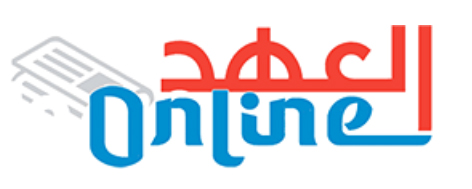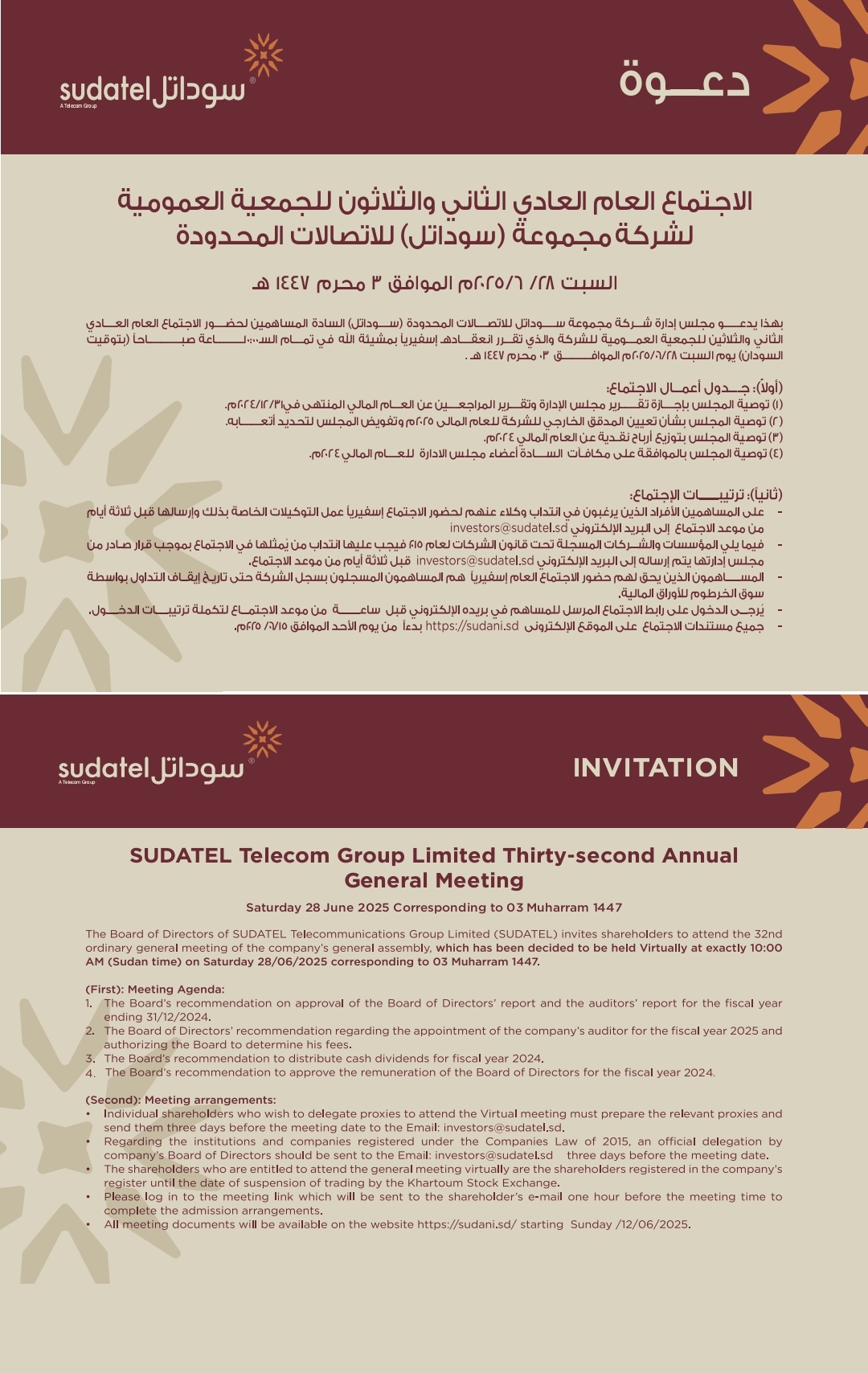د. محمد يوسف قباني يكتب: منهجية الحوكمة: تنظيم العلاقة بين المرجعيات القياسية والفرضيات (11) Governance Methodology: Organizing the Relationship between Standard References and Hypotheses (11) Dr. Mohamed Elgabbani..

د. محمد يوسف قباني يكتب: منهجية الحوكمة: تنظيم العلاقة بين المرجعيات القياسية والفرضيات (11)
Governance Methodology: Organizing the Relationship between Standard References and Hypotheses (11)
Dr. Mohamed Elgabbani..
تُعرَّف الحوكمة على أنها النظام الذي يتم من خلاله توجيه المؤسسات وضبطها وفق معايير وقواعد محددة، بهدف تحقيق الشفافية، الكفاءة، والمساءلة. في هذا السياق، تتطلب الحوكمة إطارًا واضحًا يحدد العلاقة بين المرجعيات القياسية (Standards) والفرضيات
(Hypotheses)، مما يسهم في تحسين أداء المنظمات وتوجيه قراراتها بشكل منهجي.
العلاقة بين المرجعيات القياسية والفرضيات في الحوكمة
المرجعيات القياسية (Standards)
تمثل المرجعيات القياسية المعايير أو الأطر التي يتم الاعتماد عليها لتقييم الأداء واتخاذ القرارات في سياق الحوكمة. تشمل هذه المرجعيات:
المعايير الدولية مثل ISO 37000 (حوكمة المؤسسات) وCOSO إطار (الرقابة الداخلية).
التشريعات والقوانين مثل القوانين التنظيمية للمؤسسات العامة والخاصة.
أفضل الممارسات التي تم تطويرها من خلال الخبرات والتجارب السابقة.
الفرضيات (Hypotheses)
الفرضيات هي التوقعات أو الافتراضات التي يتم اختبارها للتحقق من صحة القرارات أو الاستراتيجيات المتبعة في الحوكمة. وهي تُبنى عادة على:
التحليل النظري والمعرفي للمؤسسة والسوق.
التوقعات المبنية على البيانات والإحصائيات.
التجارب السابقة التي توفر رؤى حول النتائج المحتملة.
العلاقة بينهما
المرجعيات القياسية تُوفر إطارًا عامًا يُسترشد به في وضع الفرضيات الحاكمة لسلوك المؤسسات.
الفرضيات تُختبر وتُقيّم من خلال مدى تطابقها مع
المعايير والقوانين، وبالتالي تؤدي إلى تطوير المرجعيات القياسية أو تعديلها عند الحاجة.
العلاقة بين المرجعيات والفرضيات هي علاقة تكاملية: تستند الفرضيات إلى المعايير لاختبار فعاليتها، بينما تُعزز الفرضيات الناجحة من قوة وملاءمة المعايير.
الدواعي والأسباب لاستخدام هذا الإطار المنهجي
تحقيق الحوكمة الفعالة: من خلال توحيد المرجعيات القياسية وتوظيف الفرضيات لاختبار فعاليتها.
زيادة الشفافية والمساءلة: عبر ربط التوقعات (الفرضيات) بمعايير واضحة يسهل قياسها.
تحسين الأداء المؤسسي: حيث يسمح هذا النهج بمراقبة وتقييم القرارات وتصحيحها وفقًا للمعايير المعتمدة.
التكيف مع التغيرات: إذ تتيح الفرضيات اختبار مختلف السيناريوهات والتأكد من توافقها مع المبادئ الحاكمة.
العلاقات المنطقية في تنظيم الحوكمة
يمكن تنظيم العلاقة بين المرجعيات القياسية والفرضيات وفقًا للنموذج التالي:
صياغة المرجعيات القياسية بناءً على أفضل الممارسات والقوانين التنظيمية.
تطوير فرضيات حول تأثير هذه المعايير على الأداء المؤسسي.
اختبار الفرضيات من خلال التجربة والتقييم المستمر.
تحليل النتائج لتحديد مدى فاعلية المرجعيات القياسية.
تحديث المرجعيات القياسية بناءً على الدروس المستفادة.
أمثلة حقيقية لتطبيق العلاقة بين المرجعيات القياسية والفرضيات
في القطاع المالي
المرجعيات: معايير بازل III لضمان الاستقرار المالي للبنوك.
الفرضية: تطبيق هذه المعايير سيقلل من مخاطر السيولة ويعزز الاستقرار المالي.
الاختبار: تحليل بيانات البنوك التي تبنت بازل III ومقارنتها بالبنوك الأخرى.
النتيجة: تعديل بعض المتطلبات لتتناسب مع بيئات اقتصادية مختلفة.
في قطاع التعليم
المرجعيات: معايير الجودة التعليمية مثل معايير ABET في التعليم الهندسي.
الفرضية: تطبيق معايير الجودة سيؤدي إلى تحسين مخرجات التعلم.
الاختبار: قياس الأداء الأكاديمي ومعدل التوظيف للخريجين.
النتيجة: التعديلات والتوصيات لتحسين المناهج والتدريس.
أنشطة للتطبيق وتوسيع الفهم
نشاط 1: تحليل حالة واقعية
اختر مؤسسة في قطاع معين (مثل الصحة، التعليم، أو البنوك).
حدد المرجعيات القياسية التي تعتمدها هذه المؤسسة.
صغ فرضية حول تأثير هذه المرجعيات على الأداء.
قم بجمع البيانات وتحليلها لاختبار صحة الفرضية.
استخلص نتائج وتوصيات حول فعالية المعايير الحالية.
نشاط 2: محاكاة اتخاذ القرارات وفق الحوكمة
قم بتشكيل فريق عمل في بيئة تعليمية أو مهنية.
حددوا مشكلة تواجه المنظمة، مثل ضعف الامتثال التنظيمي.
ضعوا مرجعية قياسية قائمة لحل المشكلة.
صوغوا فرضيات لاختبار مدى ملاءمة هذا الحل.
قارنوا النتائج واستنتجوا دروسًا لتطوير نهج الحوكمة.
إن تنظيم العلاقة بين المرجعيات القياسية والفرضيات ضمن إطار الحوكمة يُمكّن المؤسسات من تحقيق الأداء الأمثل من خلال اعتماد معايير دقيقة واختبار فرضيات قابلة للتحقق. يساهم هذا النهج في تعزيز الشفافية،
الكفاءة، والمساءلة، كما يساعد في بناء مؤسسات مرنة قادرة على التكيف مع التحديات والتغيرات المستمرة.
Governance is defined as the system through which organizations are directed and controlled according to specific standards and rules, with the aim of achieving transparency, efficiency, and
accountability. In this context, governance requires a clear framework that defines the relationship between standards and hypotheses, which contributes to improving the performance of organizations and
guiding their decisions systematically.
The relationship between standards and hypotheses in governance
Standards
Standards represent the standards or frameworks that are relied upon to evaluate performance and make decisions in the context of governance. These references include:
International standards such as ISO 37000 (corporate governance) and COSO framework (internal control).
Legislation and laws such as regulatory laws for public and private institutions.
Best practices developed through previous experiences and experiments.
Hypotheses
Hypotheses are expectations or assumptions that are tested to verify the validity of decisions or strategies followed in governance. It is usually based on:
Theoretical and cognitive analysis of the institution and the market.
Expectations based on data and statistics.
Previous experiences that provide insights into possible outcomes.
The relationship between them
Standard references provide a general framework that guides the development of hypotheses governing the behavior of institutions.
Hypotheses are tested and evaluated through their compatibility with standards and laws, thus leading to the development of standard references or their modification when necessary.
The relationship between references and hypotheses is complementary: hypotheses are based on standards to test their effectiveness, while successful hypotheses enhance the strength and appropriateness of the standards.
Reasons and reasons for using this methodological framework
Achieving effective governance: by unifying standard references and employing hypotheses to test their effectiveness.
Increasing transparency and accountability: by linking expectations (hypotheses) to clear standards that are easy to measure.
Improving institutional performance: This approach allows monitoring, evaluating and correcting decisions according to approved standards.
Adapting to changes: Hypotheses allow testing different scenarios and ensuring their compatibility with the governing principles.
Logical relationships in governance regulation
The relationship between standard references and hypotheses can be organized according to the following model:
Formulating standard references based on best practices and regulatory laws.
Developing hypotheses about the impact of these standards on institutional performance.
Testing hypotheses through experimentation and continuous evaluation.
Analyzing the results to determine the effectiveness of the standard references.
Updating the standard references based on the lessons learned.
Real examples of applying the relationship between standard references and hypotheses
In the financial sector
References: Basel III standards to ensure the financial stability of banks.
Hypothesis: Applying these standards will reduce liquidity risks and enhance financial stability.
Test: Analyzing data from banks that have adopted Basel III and comparing them with other banks.
Result: Modifying some requirements to suit different economic environments.
In the education sector
References: Educational quality standards such as ABET standards in engineering education.
Hypothesis: Applying quality standards will improve learning outcomes.
Test: Measuring academic performance and graduate employment rate.
Result: Modifications and recommendations to improve curricula and teaching.
Activities for application and expansion of understanding
Activity 1: Analyzing a real-life case
Select an organization in a specific sector (such as health, education, or banking).
Identify the standard references that this organization adopts.
Formulate a hypothesis about the impact of these references on performance.
Collect and analyze data to test the validity of the hypothesis.
Draw conclusions and recommendations about the effectiveness of current standards.
Activity 2: Simulating decision-making according to governance
Form a working group in an educational or professional environment.
Identify a problem facing the organization, such as poor regulatory compliance.
Develop an existing standard reference to solve the problem.
Formulate hypotheses to test the appropriateness of this solution.
Compare the results and draw lessons for developing a governance approach.
Organizing the relationship between standard references and hypotheses within a governance framework enables organizations to achieve optimal
performance by adopting precise standards and testing verifiable hypotheses. This approach contributes to enhancing transparency, efficiency, and accountability, and helps build resilient organizations that are able to adapt to challenges and continuous changes.









